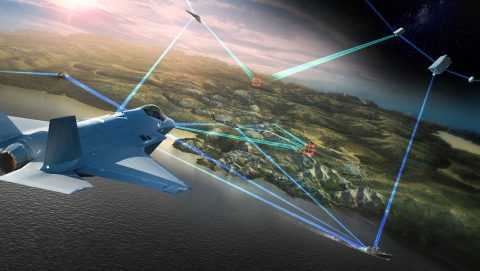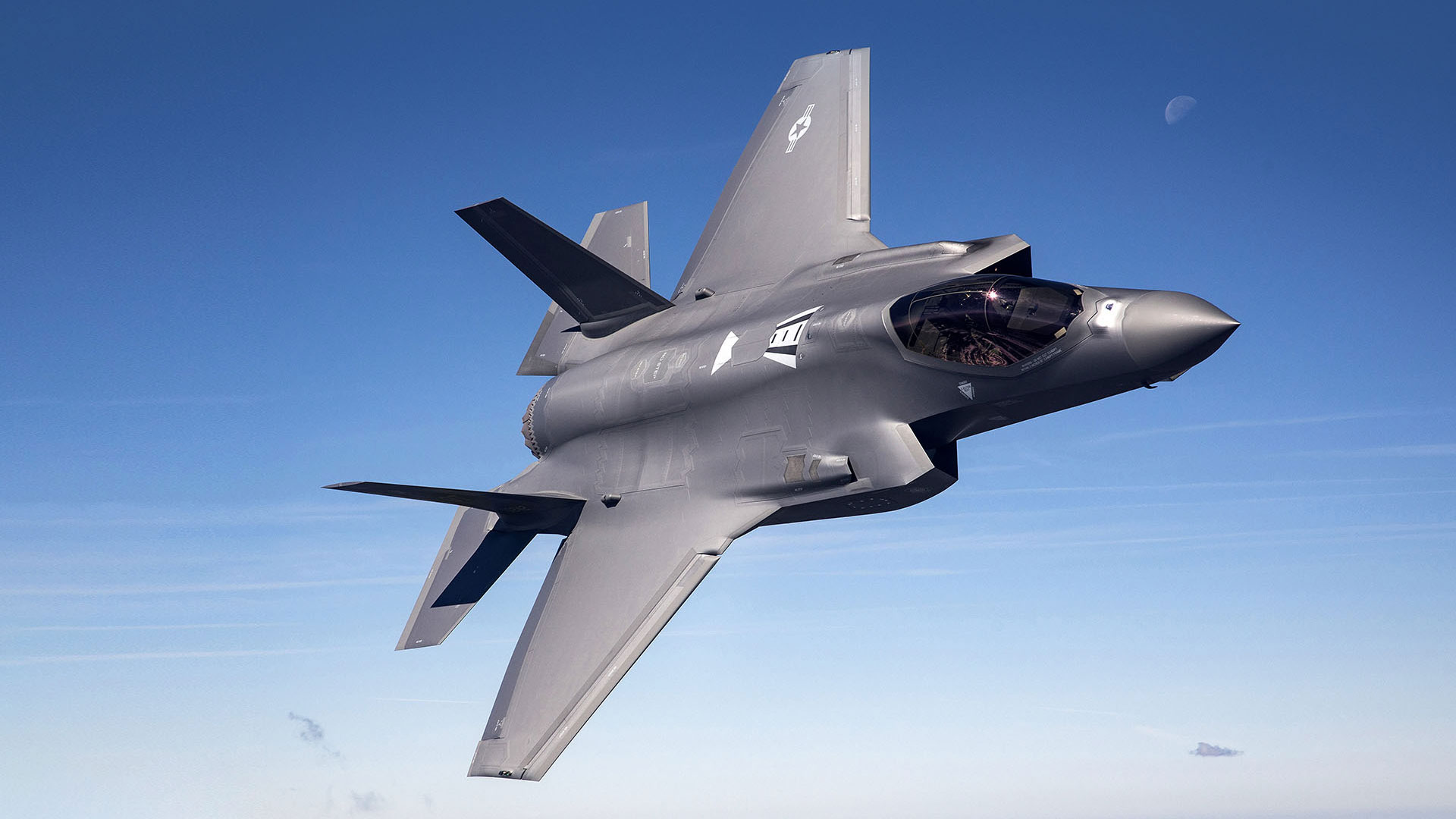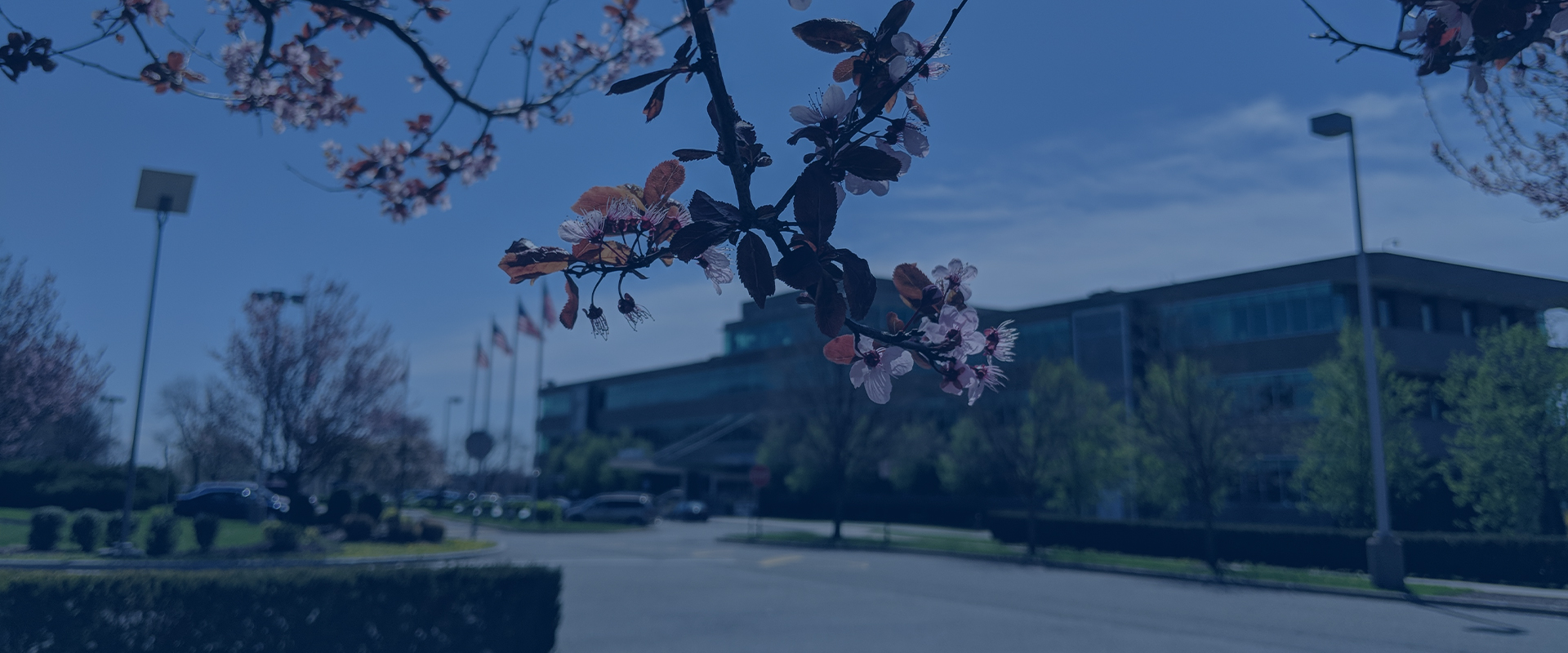Lockheed Martin has built its success on long-standing innovation and business excellence, as well as strategic acquisitions. Some operations conducted over the years, although in compliance with relevant laws at the time, resulted in soil or groundwater contamination. Where remedial actions are warranted, Lockheed Martin works collaboratively with regulatory agencies and communities to remedy the effect of the contamination.
We are not only committed to taking effective remedial actions, but we also aim to make our remediation projects sustainable wherever possible. We do this by using innovative technological solutions, such as disposing of contaminants with waste to energy incineration and renewing the activated carbon that acts as a filter in many of our treatment plants by safely burning off contaminants and reusing the carbon. We have expanded the use of reactivated carbon to 13 sites where it is approved for use by the regulator.
At several of our remediation sites in water-stressed areas, in cooperation with regulators, we treat contaminated groundwater to such a high standard that the local water agency can then direct it into the potable water supply, providing water to more than a half-million homes in those service areas. We also are investigating ways to treat per- and polyfluoroalkyl substances (PFAS) and sharing results internally and externally to allow the expansion of this water saving technology.
To improve energy efficiency at our water treatment sites, we have installed variable frequency drives on pumps. We also partner with utility companies, participating in demand response programs to scale back energy use during peak utility hours. We measure and track energy efficiency, the amount of water treated, remediation efforts and efficiency of our sites through an internal operational dashboard.
Lockheed Martin’s director of Environmental Remediation reports to the senior vice president of Ethics and Enterprise Assurance, providing significant executive-level focus on the importance of properly managing Lockheed Martin’s environmental remediation responsibilities. The director is responsible for effective implementation of remedial solutions and for accurate financial reporting to the Vice President and Corporate Controller in support of U.S. Security and Exchange Commission (SEC) reporting requirements.
As of year-end 2023, we have 71 active remediation projects across our operations. You can read more about our commitment to remediation on our Remediation website.



